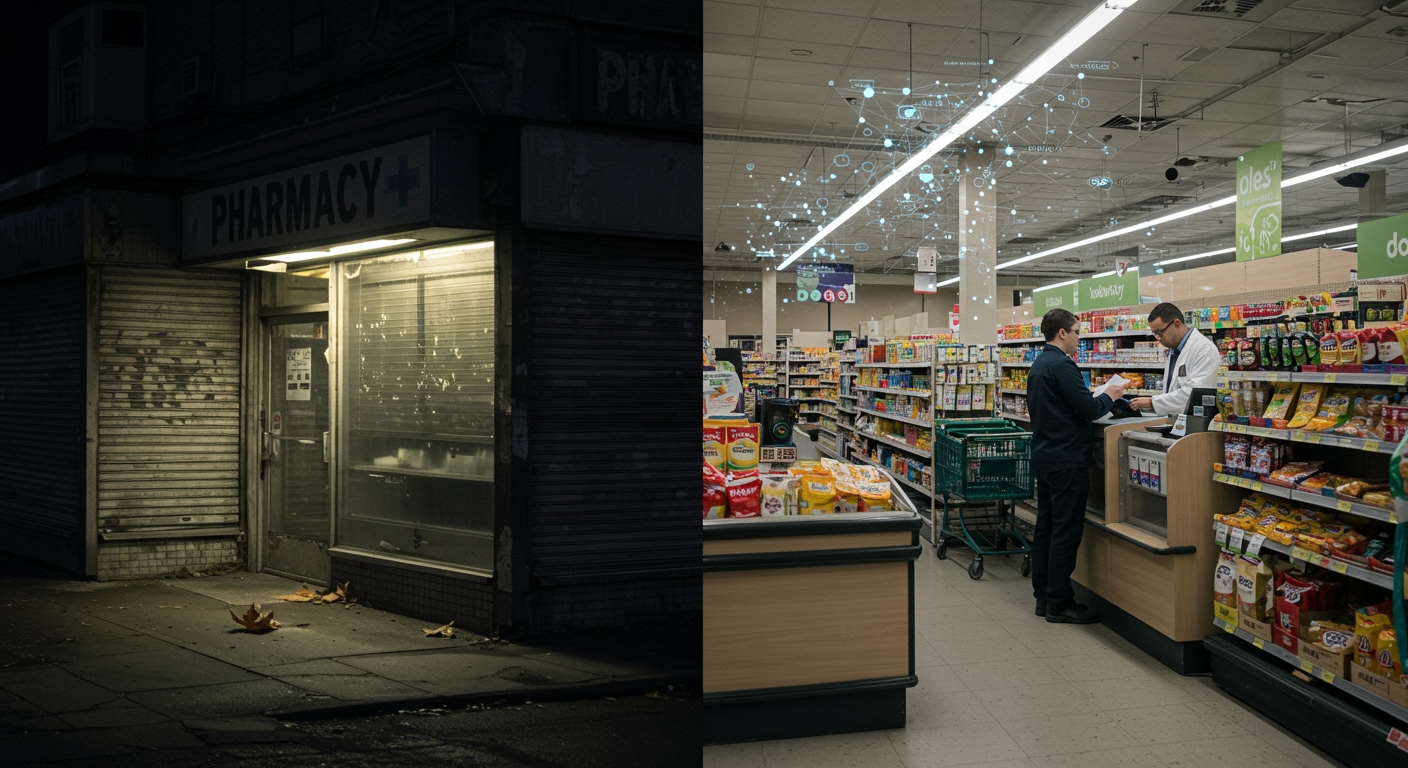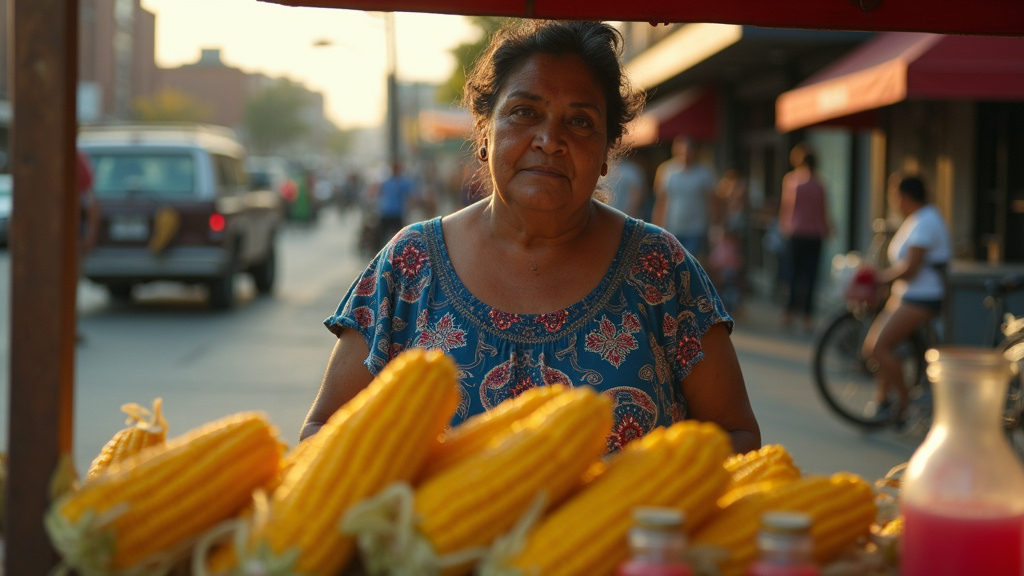Across the United States, consumers and healthcare providers alike are grappling with the escalating cost of prescription drugs and a wave of pharmacy closures that are leaving communities underserved. This crisis has prompted a closer examination of alternative models, including the potential role of grocery store pharmacies, such as those operated by Giant Eagle, in alleviating some of the pressure.
Understanding the Pharmacy Squeeze
The core of the current pharmacy challenges lies in the complex interplay between healthcare payers and the drug supply chain. Pharmacies often find themselves caught in a difficult financial squeeze, navigating mandated Medicare and Medicaid co-pays while simultaneously dealing with the significant influence of Pharmacy Benefit Managers (PBMs). These PBMs act as powerful middlemen between pharmaceutical companies, drug manufacturers, insurers, and retailers. Their practices, including rebate negotiations and reimbursement rates, have been widely criticized for contributing to high drug costs for patients and placing financial strain on independent and chain pharmacies alike.
This precarious economic environment has made it increasingly difficult for many pharmacies to remain viable.
Closures Impacting Communities
The repercussions of these systemic pressures are particularly visible at the local level. Southwestern Pennsylvania, for instance, has witnessed the closure of multiple pharmacies over the past two years. This trend accelerated notably in March 2024, when nine locations of Mainline Pharmacy ceased operations. Larger national chains, like Rite Aid, have also faced significant challenges, with numerous stores closing nationwide due to bankruptcy, further consolidating the market and reducing patient access to essential medications.
These closures don’t just represent a loss of retail locations; they disrupt patient care relationships, inconvenience vulnerable populations who rely on nearby pharmacies, and place added burden on remaining facilities.
The Legislative Response: An Uncertain Future
In response to growing concerns about drug costs and the viability of pharmacies, legislative efforts are underway. The recent passage of the “One Big Beautiful Bill Act” is one such measure aimed at addressing aspects of the healthcare landscape. However, the precise impact of this act on pharmacy finances remains unclear. Stakeholders are carefully analyzing its provisions to determine if it will provide meaningful relief from the pressures exerted by PBMs and reimbursement models or if its effects will be negligible or even counterproductive for pharmacy operations.
Without clarity on how new legislation translates into practical financial improvements, the uncertainty surrounding the future of many pharmacies persists.
Could Grocery Stores Offer a Solution?
Amidst these challenges, the presence of pharmacies within large grocery store chains like Giant Eagle has prompted consideration of their potential role in the healthcare ecosystem. These integrated pharmacies often benefit from the broader retail operations of their parent companies, potentially offering different cost structures or leveraging existing customer traffic. The idea is that their business model might make them more resilient to the financial pressures that are forcing standalone pharmacies to close.
For consumers, having a pharmacy inside a grocery store can offer convenience, allowing them to pick up prescriptions while shopping for other necessities. This integrated model could potentially maintain access to pharmacy services in areas where traditional drugstores are disappearing.
A Treatment, Not Necessarily a Cure
However, analysis suggests that while grocery store pharmacies may offer a valuable alternative and help maintain access in certain areas, they are unlikely to be a definitive panacea for the systemic issues plaguing the pharmacy industry. The fundamental problems – namely, navigating complex copay and PBM problems – persist regardless of whether a pharmacy is located in a traditional drugstore or a supermarket.
Grocery store pharmacies operate within the same intricate network of insurers, PBMs, and government programs as independent or chain pharmacies. While they might have economies of scale or cross-subsidization from other retail operations, they are not immune to unfavorable reimbursement rates or restrictive PBM practices.
Therefore, while the presence and potential expansion of grocery store pharmacies could serve as a beneficial treatment for chronic pharmacy issues by providing alternative access points, they may not represent a complete cure for the underlying economic and regulatory challenges driving high costs and closures.
Addressing the root causes of the crisis – particularly the power and practices of PBMs and the structure of reimbursement models – will require broader, more comprehensive reforms than can be achieved by simply shifting where pharmacy services are located. The role of grocery chains like Giant Eagle may be a crucial part of maintaining patient access in difficult times, but the larger battle for affordable prescriptions and viable pharmacies continues.











